Summary
In 2013, we hit a roadblock. We understood that spin waves propagated through materials, but we didn't understand why some interfaces transmitted these waves so much better than others. There were theories offering explanations, but it would be quite something else if we could watch the spin waves move through different interfaces. Transmission electron microscopes (TEM) can resolve interfaces on the atomic scale. With the right configuration, they can see aggregated spin, but not spin waves. Spin waves move at frequencies in the GHz. TEMs, even with the best detectors, cannot resolve nanoseconds in time. New commercially available laser-based "ultrafast" TEMs could potentially do the job, but we couldn't afford one.
On the other hand, we have an old TEM that is still very good. We had set out to find a way to modify this microscope to emit a GHz pulsed beam. As it turned out, the accelerator community has been doing this for a long time.
After 6 years of a close working partnership with Euclid Tech Labs and Brookhaven National Laboratory this collaboration built, installed, and benchmarked the first GHz electron beam pulser prototype with generous support from JEOL USA. The beam pulser consists of an in-line modification to an existing TEM. It turns a normal continuous electron beam into a pulsed electron beam. The pulse frequency is broadband tunable between 80 MHz and 12 GHz. This collaboration has since retrofitted three microscopes to impart new temporal functionality. Our first proof-of-principle experiment was reported in an invited article in the Review of Scientific Instruments.
From the physical motion of microelectromechanical systems, to acoustic modes in surface and phonic devices, we are looking forward to seeing very fast phenomena unfold in this very special microscope.
Description
Our people:
June Lau co-invented the stroboscopic microscope and had been with this project since inception. She is a physicist, and the PI of this project. She received 2 non-provisional patents for the design of the microscope, and one provisional patent on a specimen holder for microwave delivery.
Michael Katz began his involvement during the beam pulser design and contributed significantly towards the implementation and deployment phase of this project. He has one provisional patent on a specimen holder for microwave delivery. He is our staff electron microscopist.
Hyeokmin Choe is a resident postdoc of Euclid Tech Labs. He is investigating the use of the beam pulser as an electron dose metering device for biological and beam-sensitive specimens.
Kayla Callaway is a student and a Ph.D. candidate from the University of Maryland materials science department. She will begin her thesis project in the Fall of 2020.
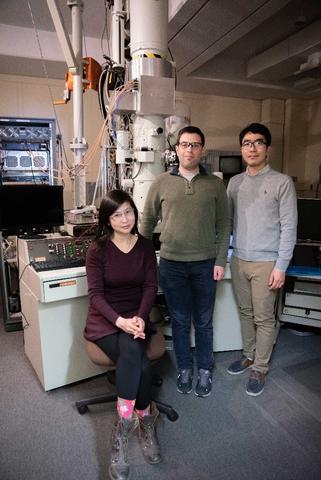
Former team members:
Karl Schliep was an NRC post-doc who contributed substantially to the implementation and deployment phase of this project. He pioneered the mechanism for microwave delivery to the specimen for stroboscopic pump-probe techniques for which he has a patent pending for his specimen holder. Additionally, he contributed substantially to the code base for open-source image analysis and automation. Karl is now a data scientist at the Berkeley Research Group.
The technology:
The stroboscopic TEM is a modified JEOL 3010ǂ, a 300 keV thermionic instrument. The modification is the patented beam broadband beam-pulser built by Euclid Tech Labs (Euclid Strobo-300). It can turn a continuous electron beam into periodic electron pulses. The microscope also has a scanning unit, and an x-ray energy dispersion spectrometer.
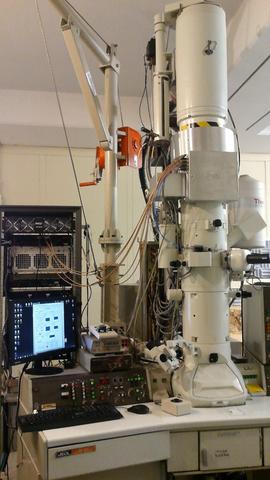
In order to deliver microwave signals to the specimen while minimizing power losses, we purchased a custom-made electrical biasing specimen holder from Hummingbird Scientificǂ with coaxial transmission lines. We have designed several coplanar waveguide chip carriers to further reduce transmission losses.
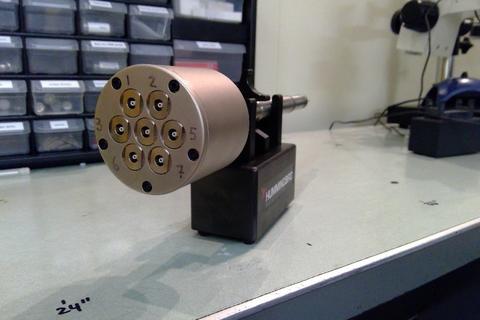
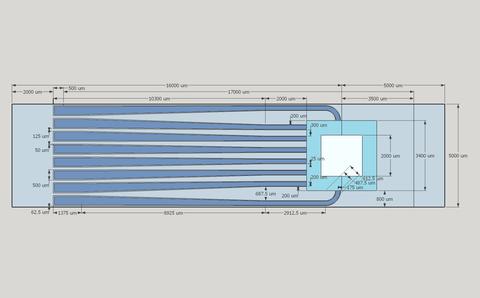
Major Accomplishments
Patents:
- “Ultra-broadband continuously tunable electron beam pulser“. US 10,319,556 issued Jun 11, 2019.
- “Apparatus for GHz rate high duty cycle pulsing and manipulation of low and medium energy DC electron beams”. US 9,697,982 issued Jul 4, 2017
Winner of R&D 100 award in 2019 for "Affordable Laser-free Retrofittable Stroboscopic Solution for Ultra-fast Electron Microscopy"
Invited article in the Review of Scientific Instruments
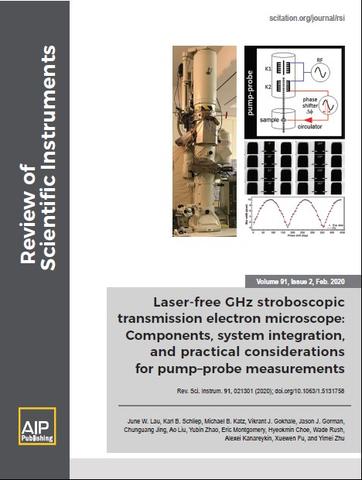
News:
Social media posts in LinkedIn and Facebook

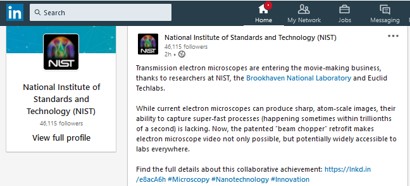
From external outlets:
- https://semiengineering.com/manufacturing-bits-march-3-2/
- https://www.inverse.com/innovation/a-new-device-turns-electron-microscopes-into-high-speed-atom-scale-cameras
- https://aip.scitation.org/doi/10.1063/10.0000842
- https://www.nature.com/articles/d41586-020-00644-x
Software repository:

